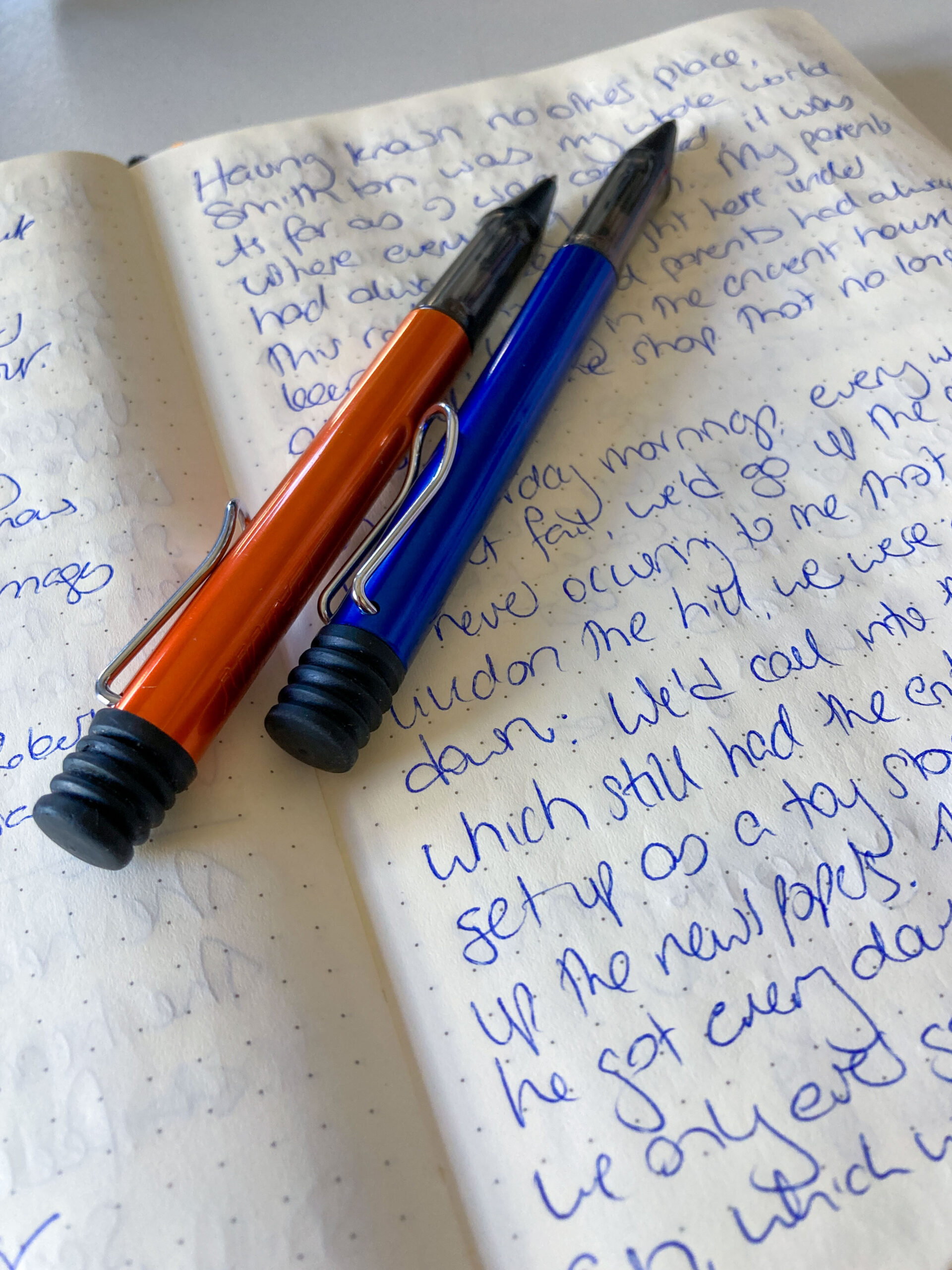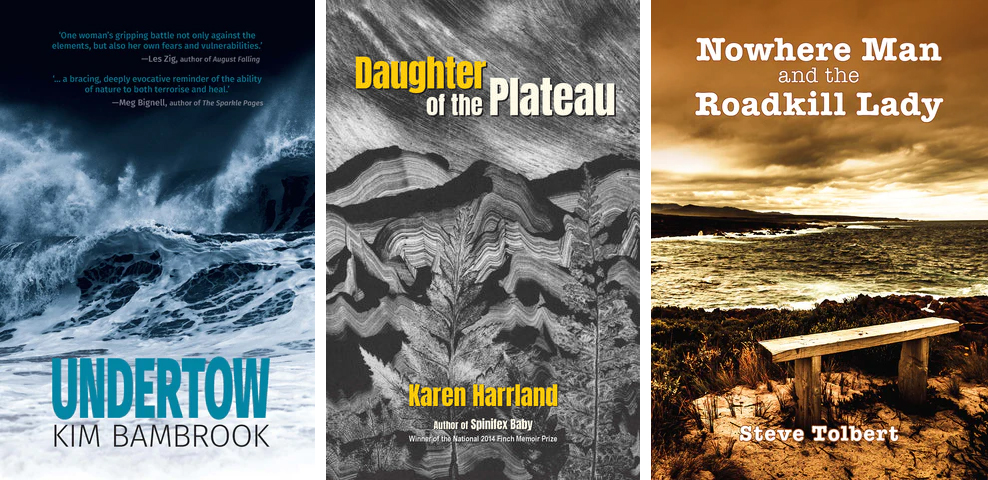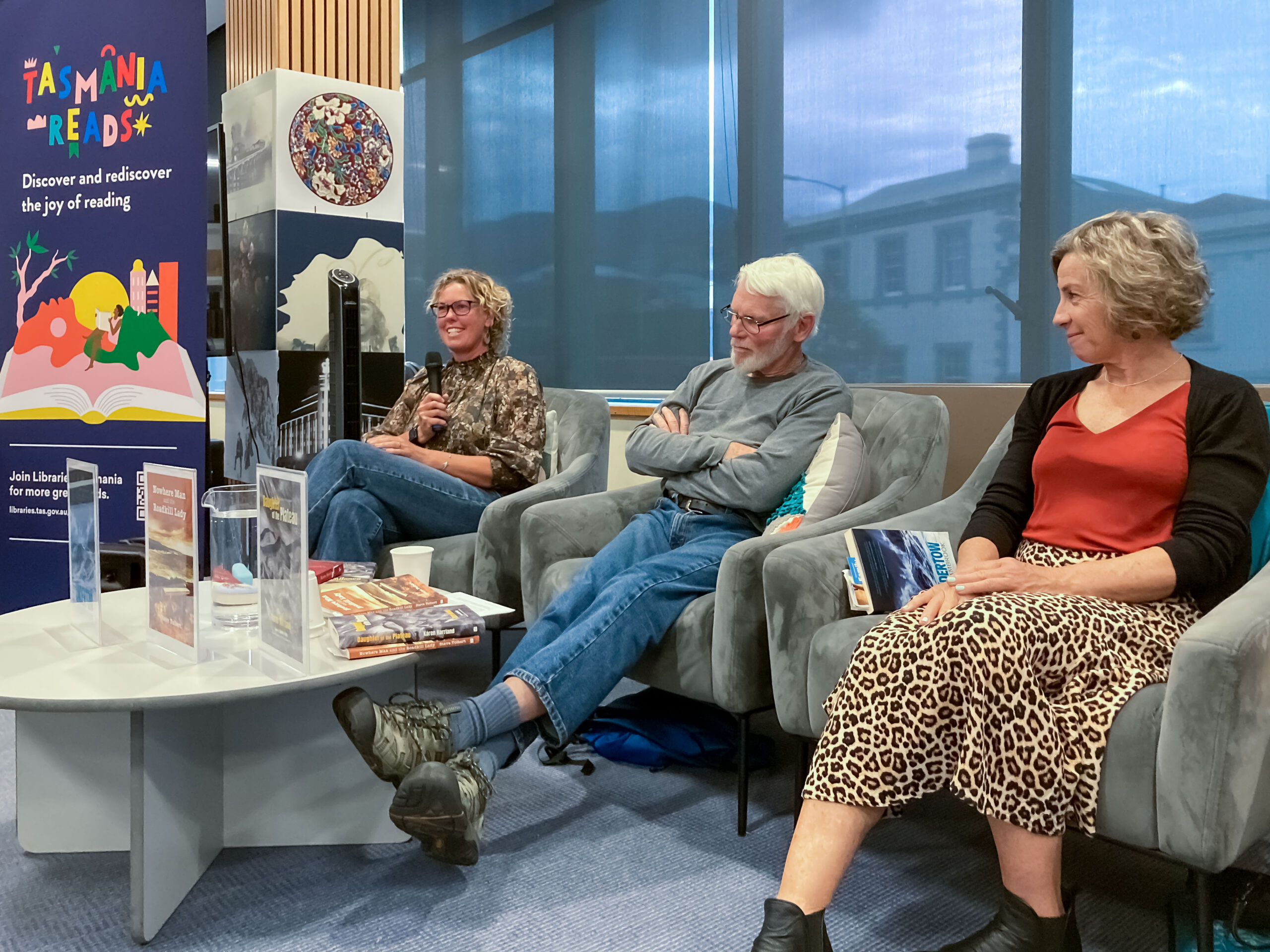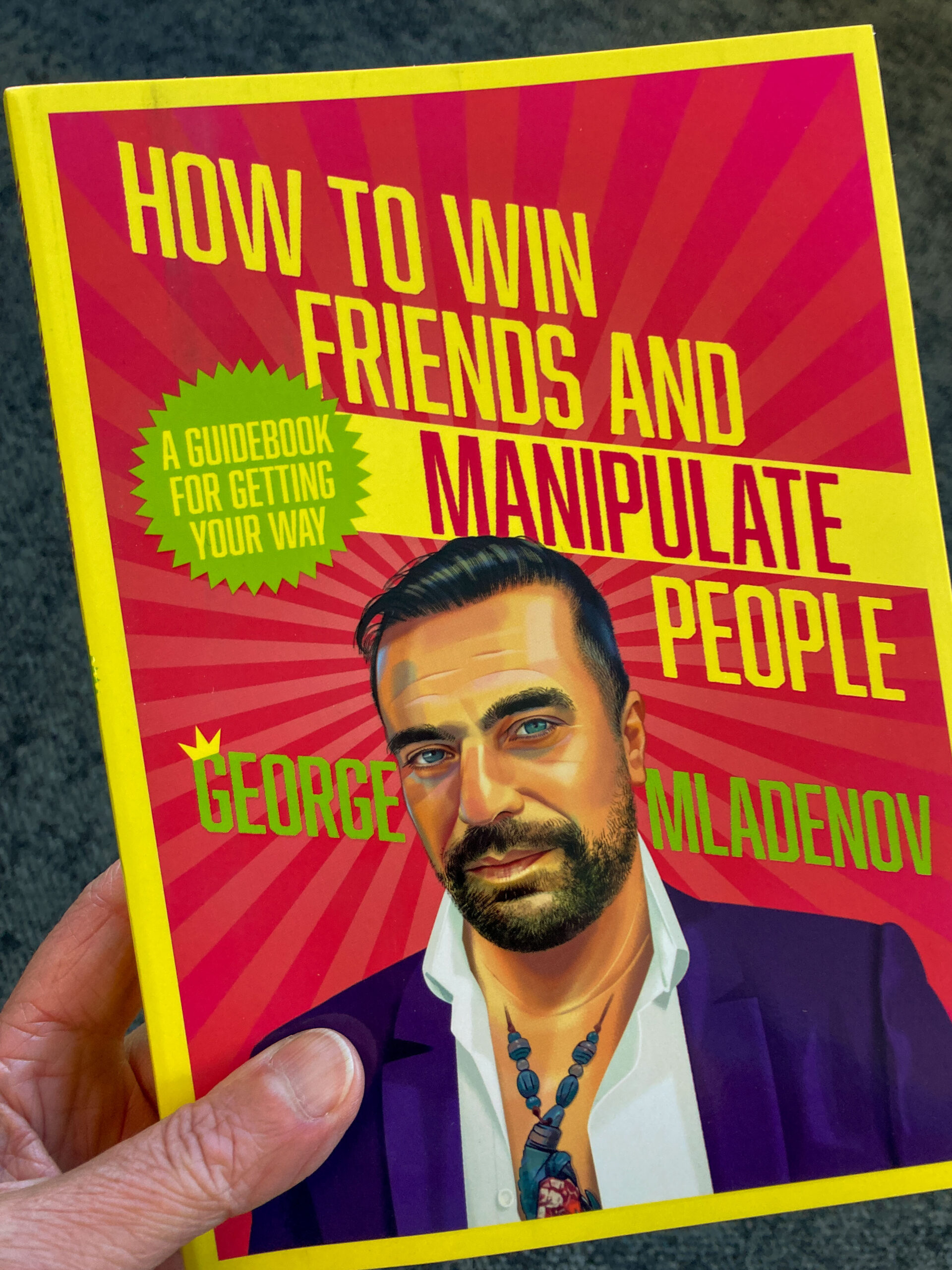Tasmania reads
Tasmania Reads: Try something new
Tasmania Reads week is an annual week of events to promote and celebrate the art of reading across Tasmania.

It’s run by Libraries Tasmania and this year’s theme was to “try something new”, which might include reading a new genre, a different author or trying a new library program.
Or going to one of the events hosted at various libraries around the state.
I went to two.
Anatomy of writing
On Sunday I went to the Anatomy of Writing Masterclass, with Dr Lisa Gershwin, a research scientist who specialises in jellyfish. (This is the second event I mentioned in last week’s post.)
This was a practical workshop held over the whole day in Lisa’s very cool Glow Studio.
I was trying to remember the last time I went to a practical writing workshop in person. I think it was when I was about ten years old, so this was a great adventure for me.
The premise of the workshop is that we can communicate through four organs: the head, the heart, the gut and the groin. We can get a different expression of what we’re saying depending on which organ we’re writing from.
For example, writing from the head is concerned with data, facts and figures. Its purpose is to inform the reader, so it needs to be accurate. You can find this type of writing in government publications and scientific reports.
Writing from the heart, on the other hand, is writing that moves us and touches our heart.
And so on.
The workshop was structured so that we could talk about one type of writing, then go off by ourselves, find a nest and do some timed writing from that organ. Then we’d get back together and share what we’d written. This included time to talk about how it felt to do that type of writing.

I found some areas easier than others.
As someone who writes a lot in a government job, obviously head writing is something I do all the time and I think it often permeates into my other writing. I’ve noticed whenever I try to write a creative piece, for example, my head is telling me what I write has to be true, even if it’s a story I’m making up. As you might imagine, this doesn’t end well.
And head writing by itself is likely to be, well, dull. So my challenge is to find places where it might make sense to drop in some writing that comes from somewhere else, so I can influence a reader’s heart as well as their mind.
Challenge accepted!
I enjoyed the workshop, and have a lot of ideas to try out. To start with I want to build in 10-15 minutes every morning of timed writing, focusing on the organs that were harder for me to access to practice getting into them and experiencing what it feels like to be there.
It will be interesting.
Writing fiction set in Tasmania
My second Tasmania Reads event was an author panel discussion at Hobart Library on Friday evening.
This was hosted by Rayne Allinson of Forty South publishers, speaking with authors Kim Bambrook (Undertow), Karen Harrland (Daughter of the Plateau), and Steve Tolbert (Nowhere Man and the Roadkill Lady).

I’ll admit I’ve read none of their books but, based on the discussion, I’m sure I’d enjoy all three. (I have them all on hold at the library as we speak.)
The conversation explored “the art of crafting fiction set within Tasmania’s rugged landscapes and rich history, to offer insights into storytelling rooted in our unique locality”.
Each author had a different perspective on this.
Karen explained that she doesn’t write about the landscape because her words can’t do it justice. For her, it’s nature telling her the story. She followed her character’s journey through the Tasmanian landscape to places including Marrawah on the north west coast, a place I have many childhood memories of.
Steve, a former teacher, talked about how he’d been writing about his father’s post-war life, and his character took refuge on the west coast. But a magazine article Steve read about “roadkill lady” took the story in a completely different direction. This has me completely intrigued.
Kim spoke about how she’s challenged by our wilderness yet at the same time feels held by it. There’s this element of surrendering to it and letting nature guide her. Her story emerged after a sailing journey to Port Davey.

Rayne observed that all three authors had touched on the idea of the wilderness being wild and untamed, yet also having the power to restore and heal when we let ourselves be present.
Relating this conversation to what I’d learned in Lisa’s workshop, I could imagine (and will be able to see a lot more clearly when I read the books) how these stories might weave together writing from all the four organs of communication to create a tapestry that is greater than the sum of its parts.
I can’t wait to read them. And if anyone can remember the idea I had for a story that ISN’T true when I woke up on Saturday morning, please let me know!
A book chat
My plan to promote Tasmania Reads week at work was to host a book chat, which is one of the suggested activities on the program.
If you aren’t familiar with this concept (which I wasn’t), a book chat isn’t the same as a book group where people get together to talk about the same book. Rather, people can chat about what they’re reading—no matter what the format— and the authors they like, and anything else book-related. The idea is to have a conversation about what and why we read.
Unfortunately, most of my little bookish group ended up being unavailable on the day so it didn’t go ahead. But there’s no reason why anyone can’t host a book chat with any group of people anywhere, any time. It doesn’t have to be restricted to Tasmania Reads week, and you can find a book chat guide on Libraries Tasmania’s website to get some ideas.
Since I didn’t have my book chat, I’ll have to post the book I’ve been reading this week here.

And . . . if you live nearby and would like to catch up for a book chat in an outdoor coffee shop or a park, let me know. We can talk about this book and other things we’re reading. It will be fun!